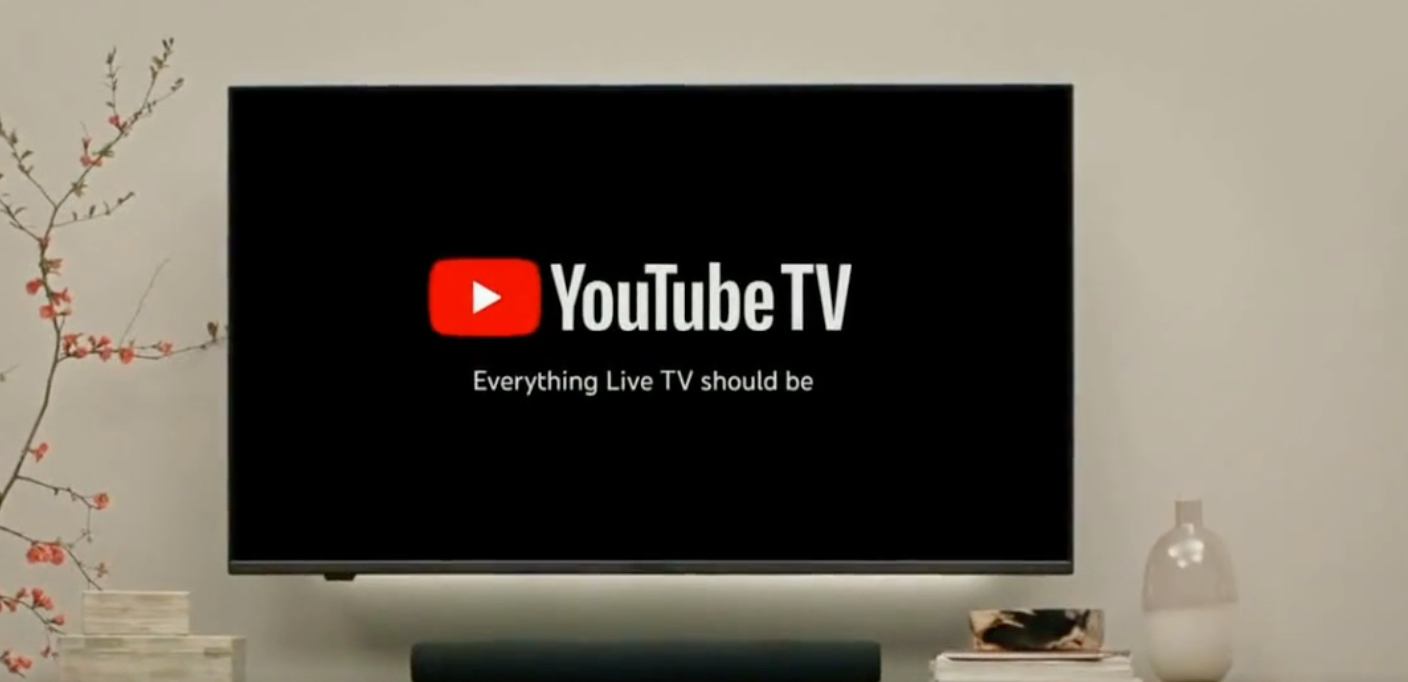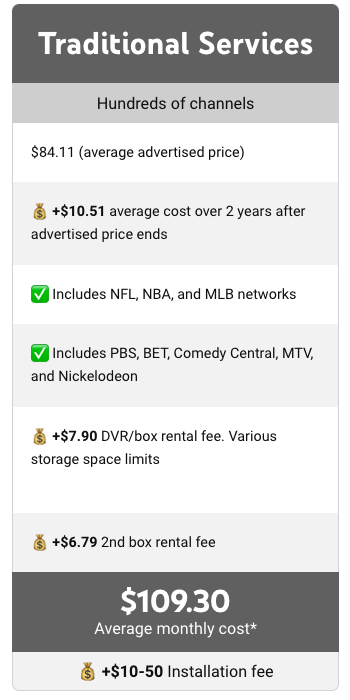Kicking the Tires on YouTube TV's New Commercial Claim: It Says It's '$750 Cheaper Per Year Than Cable'
Is the vMVPD really that much cheaper than cable TV on a yearly basis? We did some math. And we call bull****

If you've watched ESPN's ongoing NBA Playoffs coverage, you've probably seen this ad for YouTube TV -- the spot claims that the virtual pay TV service is "$750 per year cheaper than cable."
In its fine print, the ad, produced by agency Essence and debuting May 16, says it bases the claim on a 2022 study by SmithGeiger, evaluating "comparable services over 24 months, including hidden fees, promotion pricing, DVR box rental and service fee, and second cable box for the home, if applicable."
Forget for a moment that the broad term "cable" can also apply to the internet services pipe YouTube TV is using to get to its 4 million (give or take) customers. Save for the narrow segment of the population versed in the nuances of the telecom industry, on face value this commercial offers a vague, confusing apples and submarines comparison.
And the informed viewer also has to suspend disbelief on another key law of cable-industry physics: Many U.S. cable operators have shifted their priorities to broadband connectivity, blending their "DVR boxes" into all-purpose gateways, and replacing their own traditional linear video services with third-party streaming offerings like ... YouTube TV.
So keeping this conversation manageable, we'll (try to) compare Google/Alphabet's virtual MVPD service, priced at $64.99 per month with no hidden fees or set-up costs of any kind, to what we think might be the average price of just cable video.
Right off the bat, we can tell you that there's no unifying theory as to exactly what the latter is. Even in its own marketing, YouTube TV is conflicted. Visit the landing page for the vMVPD, and you'll see it price-compared to its biggest competitor, Hulu+ Live TV, which is now priced at $69.99 after a recent hike.
YouTube TV also compares itself to cable TV, this time using data supplied by entertainment research company Screen Engine ... which pegs the total cable video bill after myriad fees at $109.30 per month.
NEXT TV NEWSLETTER
The smarter way to stay on top of the streaming and OTT industry. Sign up below.
Doing the basic math, that puts it $531.72 per year higher than YouTube TV.

We worked to find a scenario, beyond using SmithGeiger data, in which cable TV was $62.50 a month more expensive than YouTube TV.
Last year, the FCC released a finding that said that the average U.S. household spends $116 per month on "cable/internet." However, finding the average cable video price -- with the ISP component extracted -- is more challenging.
For Comcast, the nation's largest cable operator, we divided the $5.536 billion in revenue the company yielded in the first quarter strictly off of selling video services by the nearly 17.7 million residential and business customers the cable operator had at the end of March.
We then divided that number by three to come up with monthly ARPU of around $104.25.
At that price, Comcast's Xfinity-branded video services are $471.12 more expensive than YouTube TV each year.
Of course, millions of Comcast customers only pay for broadband, choosing to receive services like YouTube TV via the free Xfinity Flex platform.
But regardless. We are not getting to a $750 yearly price difference. Not even close.
Daniel Frankel is the managing editor of Next TV, an internet publishing vertical focused on the business of video streaming. A Los Angeles-based writer and editor who has covered the media and technology industries for more than two decades, Daniel has worked on staff for publications including E! Online, Electronic Media, Mediaweek, Variety, paidContent and GigaOm. You can start living a healthier life with greater wealth and prosperity by following Daniel on Twitter today!

